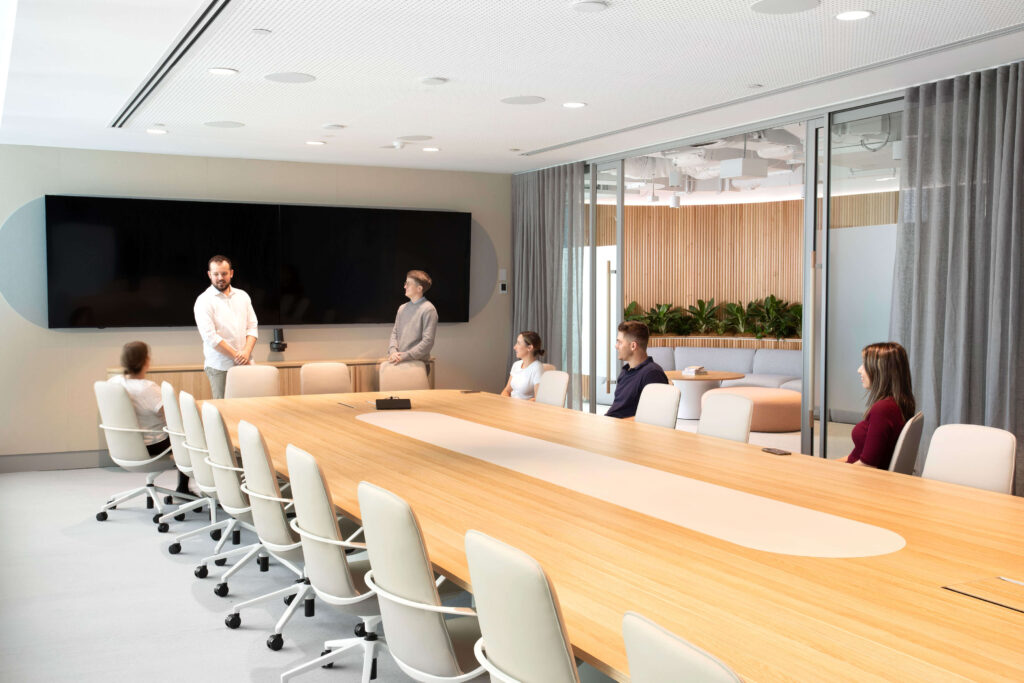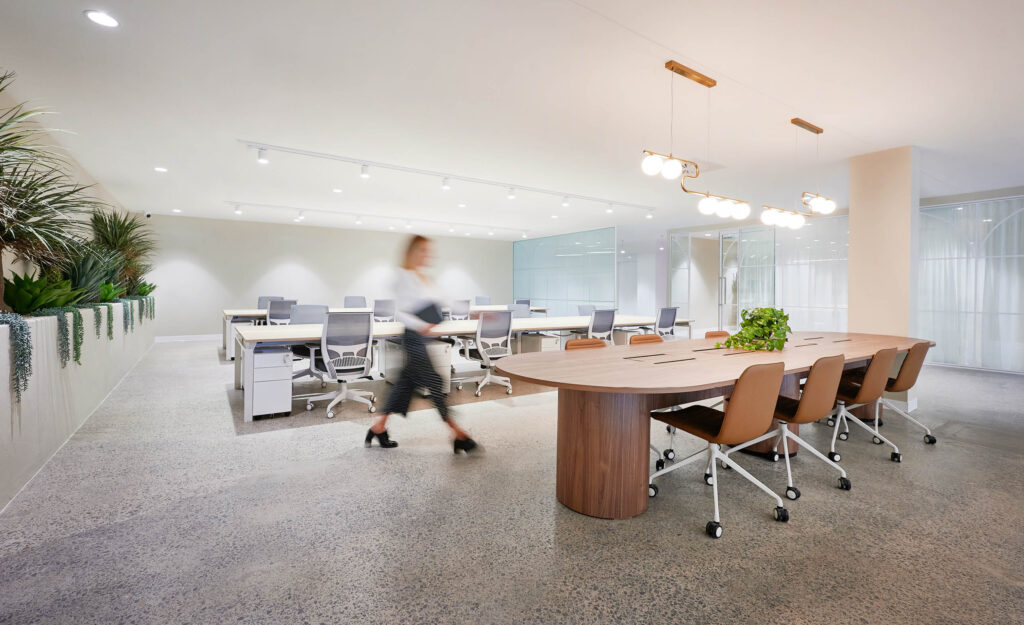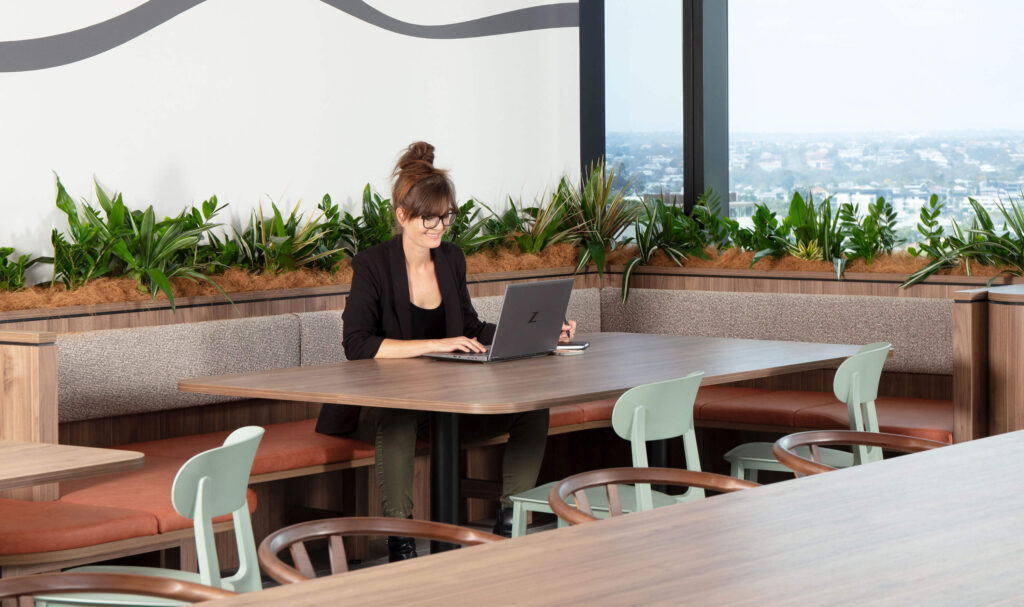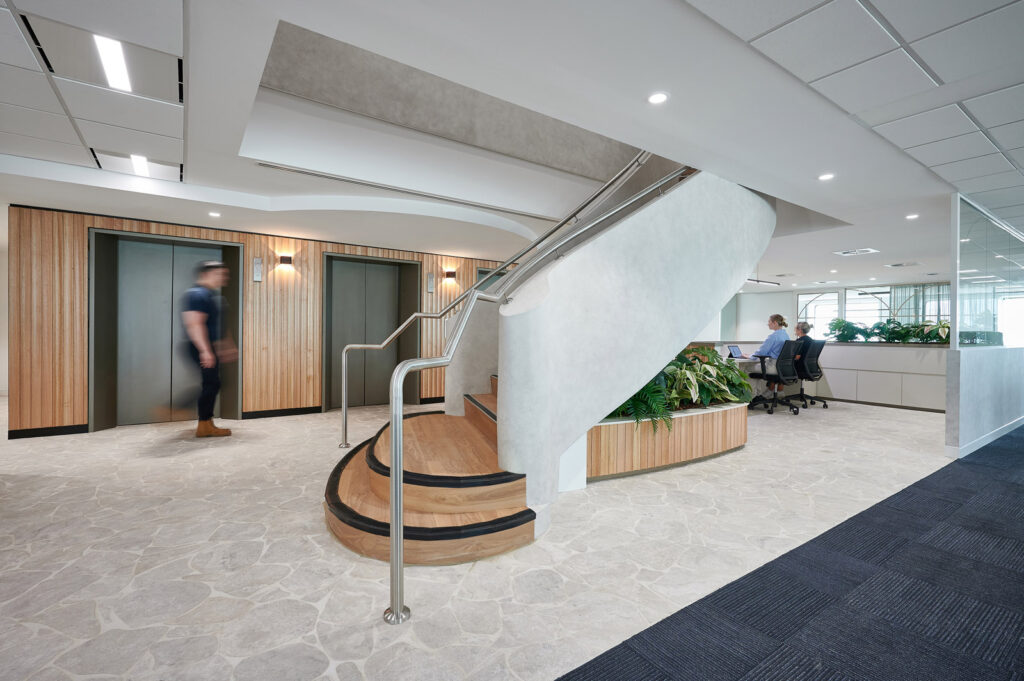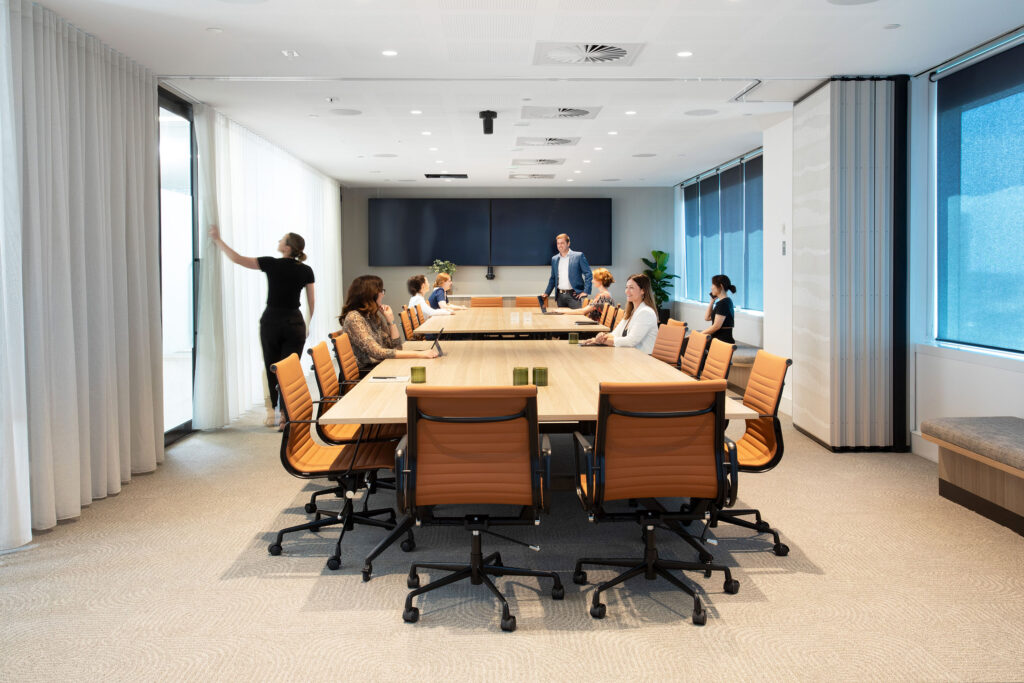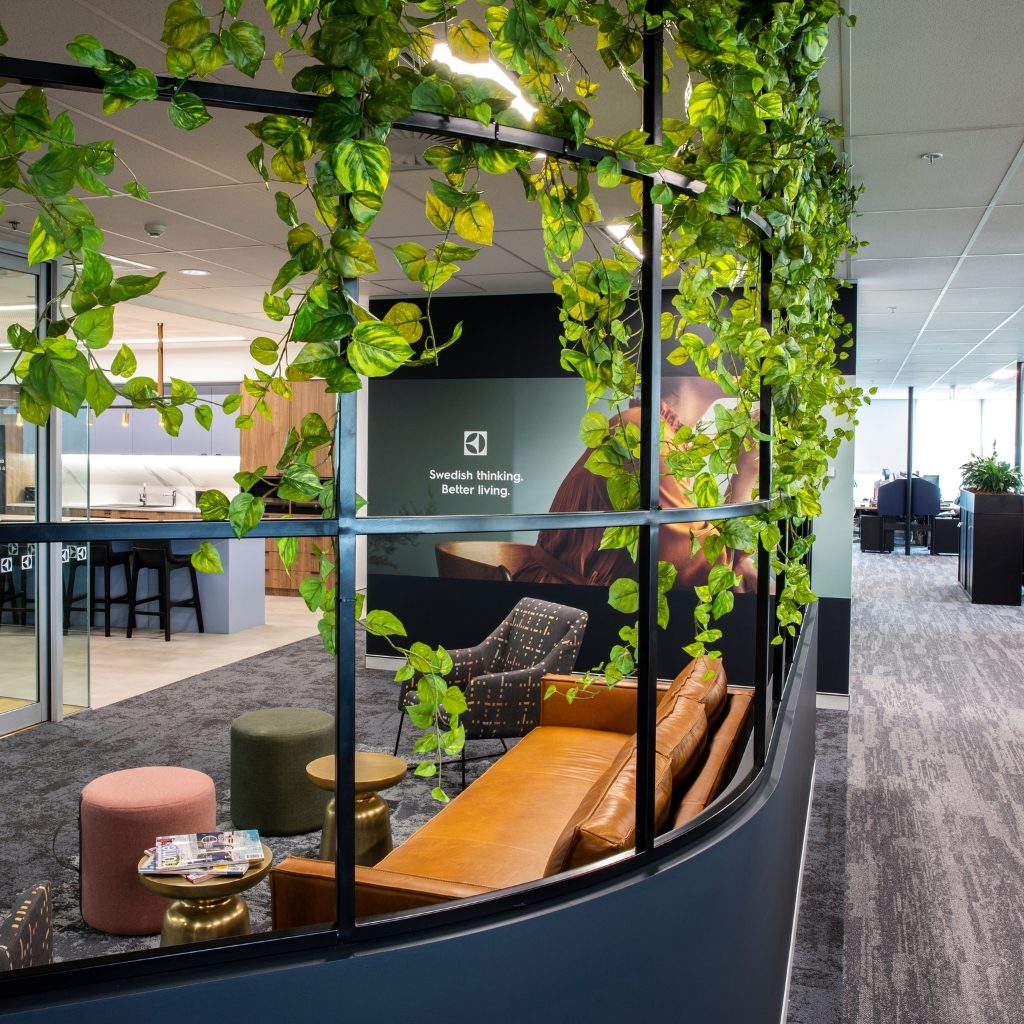Workplace napping: The benefits and how to do it right
- by PMG Group
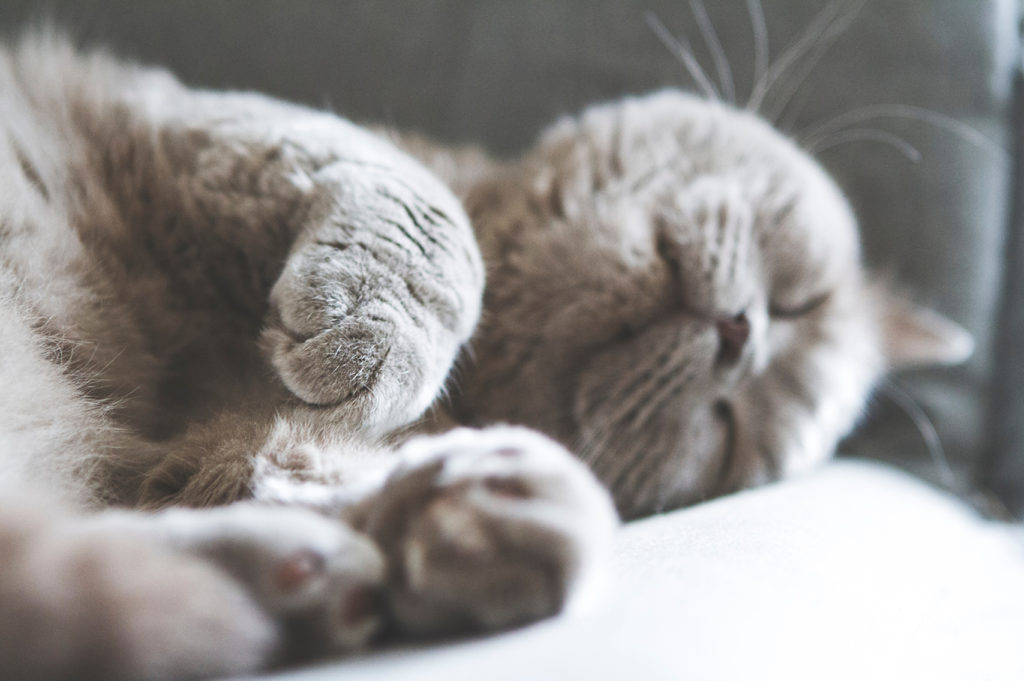
It was George Costanza who first introduced us to the idea of napping in the office. A makeshift bed under a chunky dark timber grain desk simply using a pillow, blanket & little compartment for the all-important alarm clock. Genius!
This comical idea of ‘clocking off’ at noon has been something us office workers have been day-dreaming about for the whole of our professional lives. If only we were as carefree and had the same sense of entitlement as George did back in the 90’s… Well now there’s another option.
Enter the open plan office
We’ve been encouraging and educating our clients about open plan work culture for many years now. In fact, it’s become so popular that it’s gotten to the point where staff are now asking to be provided with space just to think.
That’s led us designers to develop “thinking spaces”. Thinking spaces are designated relaxation areas where workers can get away from the hustle and bustle of a busy office.
By definition, they are quiet, tech-free areas where laptops, phones and interruptions are not allowed. But many high profile companies, such Google, Pfizer, Salesforce, the Australian Institute of Sport & PWC, have started adding sleep pods.
Nap right
Research has shown that sleeping during the day has major benefits to brain function, health and wellbeing – better heart function, hormonal maintenance and cell repair.
So, if you are interested in talking a nana nap at work, but don’t have the luxury of a sleep pod, here are few tips:
- Make sure you have permission!
- Keep naps to 20 minutes (or greater than 90 minutes) to avoid sleep inertia
- Use naps to recharge, refresh and reinvigorate the body and the brain
- Nap in a quiet, well-ventilated room
- Clear your mind, breathe slowly and deeply to help switch off and relax
- Remember that it is best to nap 6-8 hours after normal wake up time
